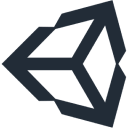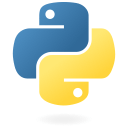Dyslexia , Eye Movement & Machine Learning
Analysis and Diagnosis of Dyslexia Based on Eye Movement
Dyslexia, or Reading Disorder, is a condition in which a person has difficulty reading and writing without significant intellectual deficits and without associated visual or auditory impairments. The severity of symptoms varies depending on cultural and personal factors. Other possible symptoms include difficulty spelling words, slower reading aloud, and inability to say words in the head. However, it is difficult to fully diagnose dyslexia because the person must first demonstrate low academic achievement, and cultural deprivation is a form of environmental learning that causes low achievement. Therefore, there is a need to provide a fast and effective diagnostic aid and learning aid. With the rapid development of virtual reality, eye-movement and machine learning, we build a virtual reading environment and compute three feature sets, including eye-movement features, word vectors and saliency maps, from the collected eye-movement physiological information. We also propose a fusion model that integrates several machine learning models to assess dyslexia by evaluating relevant data, and build a more objective automatic assessment model based on real data by using physiological data obtained from users' responses are able to provide a more effective system in Methamphetamine treatment.

The results show that VR reading does have the ability to distinguish between dyslexic and normal individuals, which is believed to assist in the determination of dyslexia and reduce time and labor consumption. The use of various physiological characteristics as judgment criteria can solve many limitations and unobjective evaluations caused by predefined definitions. Since the sample size of dyslexic and normal people was only 16, which was too sparse and pure, even with the data augmentation, the number of data was less than 100, and it was difficult to exclude the possibility of overfitting, even though the accuracy of the fusion model could reach 98%. After more experimental data accumulation, we can have more reasonable classification results and more convincing data analysis.







